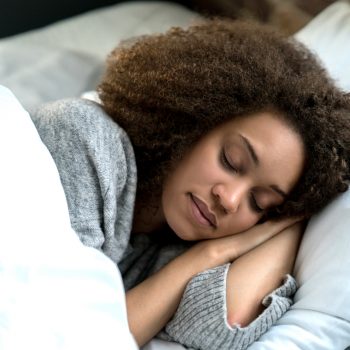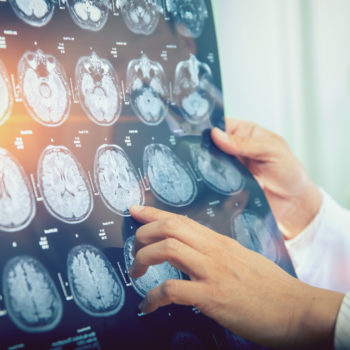Among the forms of headaches this is the heaviest one. It is cluster headache, characterized by a very intense and growing pain associated with several other symptoms. Are there any risk factors to be avoided that are associated with lifestyle? We asked Dr. Vincenzo Tullo, a neurologist and head of the Humanitas headache clinic.
What are clusters?
Cluster headache is less common than other forms of headache, such as migraine or tension headache. Women suffer from cluster headaches more than men. Clusters are the active periods in which headache episodes occur over weeks or months. The difference between the two sexes is even more evident in the case of chronicity. Pain is always one-sided and the most affected side is the right.
The age at which this pathology is diagnosed ranges between the ages of 20 and 40. Pain usually starts from the eye and the temple before radiating to the head and face. Its onset is sudden and its intensity increases in a few minutes; the duration of episodes is variable and can last up to three hours.
Episodes often occur at the same time, particularly in the early afternoon, evening, early sleep, and cluster headaches often have a periodic seasonal reactivation.
Not simple headaches
Symptoms that may accompany headaches include rhinorrhea, tearing, eye redness and facial sweating. The patient’s behavior during the attack is characterized by a state of agitation and nervousness.
The existence of factors capable of triggering an active period has not been proven with certainty yet – Dr. Tullo recalls – even if several observations indicate a correlation between events in life with particular emotional load or periods of particular work effort at the beginning of the clusters”.
Other triggering/aggravating factors are smoking, alcohol, climate factors, certain sleep disorders such as sleep obstructive apnea syndrome and inhalation of volatile substances (organic solvents, petroleum distillates and perfumes),” the expert concludes.








